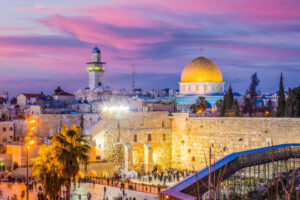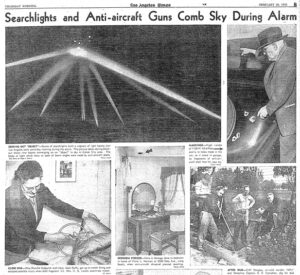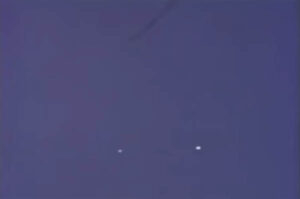UFO research has long been a topic of fascination and debate for scientists, researchers, and enthusiasts alike. As technology continues to evolve, artificial intelligence (AI) is emerging as a powerful tool that could revolutionize the field of UFO research. In this article, we will explore the potential applications of AI in UFO research and discuss how these advancements could lead to new insights and a better understanding of unexplained aerial phenomena.
Data Analysis and Pattern Recognition

One of the most significant challenges in UFO research is sifting through the vast amounts of data collected from sightings, encounters, and other incidents. With AI-powered data analysis tools, researchers can process and analyze this information more efficiently and accurately. Machine learning algorithms can be used to identify patterns and correlations in the data, which may have been overlooked by human researchers. This could lead to new insights into the nature of UFO phenomena and help to identify trends or common characteristics among sightings.
Image and Video Analysis
AI-based image and video analysis tools have the potential to greatly enhance the study of UFOs. These technologies can be used to automatically detect and track objects in images and videos, helping researchers to identify potential UFOs more quickly and accurately. In addition, AI algorithms can be trained to recognize and classify specific types of UFOs based on their shape, size, and other characteristics. This could help researchers to better understand the different types of UFOs that have been observed and may lead to new theories about their origin and purpose.
Simulation and Modeling
AI can also be utilized in the development of computer simulations and models to better understand the flight characteristics and behavior of UFOs. By analyzing the data from sightings and encounters, AI can help create accurate models of UFO flight patterns and movements. These models can then be used to test various hypotheses and theories about the nature of UFO phenomena, potentially providing new insights into their origin and purpose.
Enhanced Collaboration and Information Sharing
The use of AI in UFO research could facilitate better collaboration and information sharing among researchers and enthusiasts worldwide. AI-powered platforms can help to centralize and organize data from multiple sources, making it easier for researchers to access and analyze information. This increased collaboration could lead to new discoveries and a more comprehensive understanding of UFO phenomena.
Predictive Analysis
By analyzing historical data and identifying patterns, AI can potentially be used to predict future UFO sightings or encounters. This predictive analysis could help researchers to better understand the factors that may influence UFO activity and could even lead to the development of early warning systems for potential encounters.
Potential to Revolutionize Research
Artificial intelligence has the potential to revolutionize UFO research, providing researchers with powerful new tools to analyze data, identify patterns, and develop new theories about unexplained aerial phenomena. As AI technology continues to advance, we can expect to see significant progress in our understanding of UFOs and the mysteries that surround them. The integration of AI in UFO research represents a new frontier in the quest for knowledge and the pursuit of answers to one of humanity’s most enduring questions: Are we alone in the universe?










